Collectivization in the USSR: How the Russian peasantry was smashed
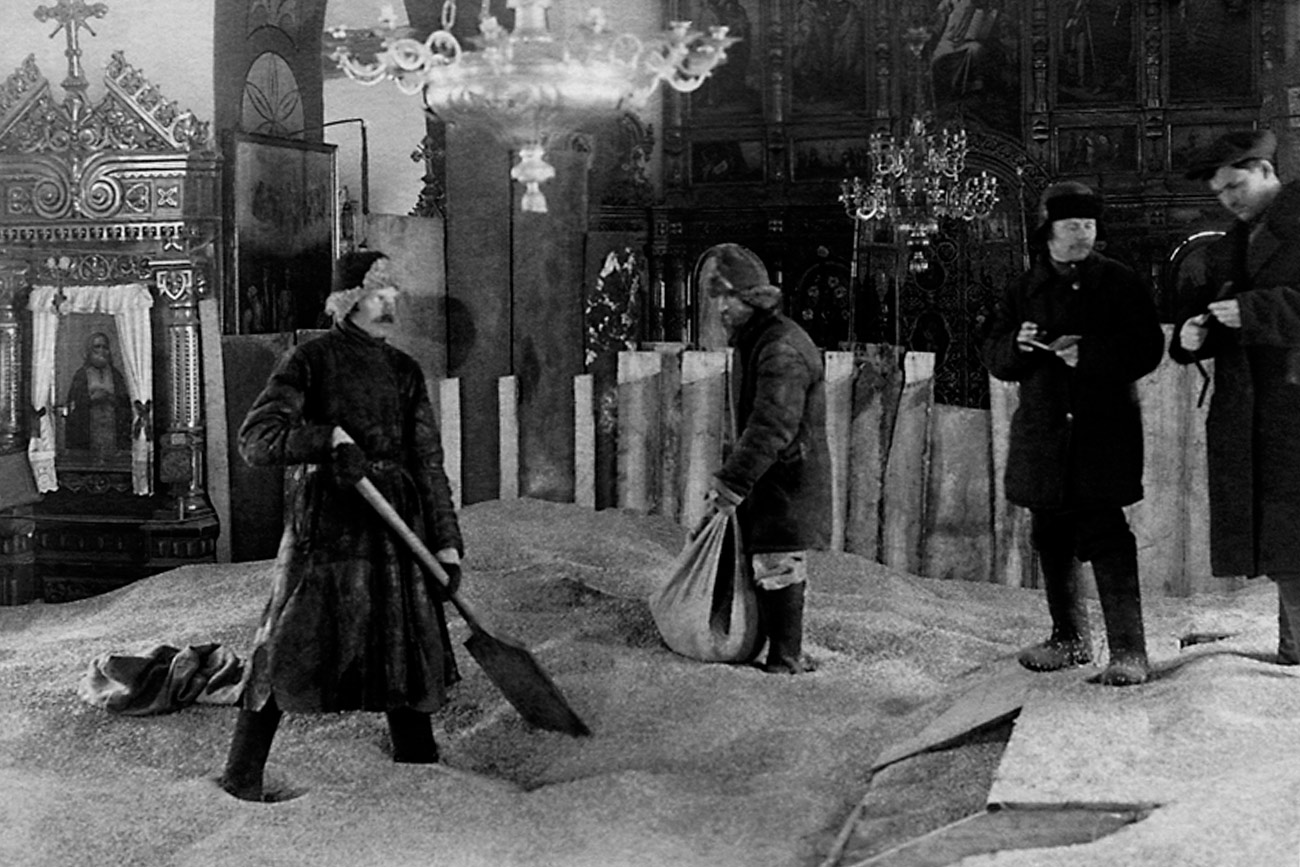
 Source: Unknown author/МАММ/ russiainphoto.ru
Source: Unknown author/МАММ/ russiainphoto.ru
The 1920s were a hard time for Russia. After the devastating Civil War and foreign intervention, agricultural crisis and failed economic reforms, the newly formed Soviet state needed significant, radical steps for future development. Collectivization was one such step.
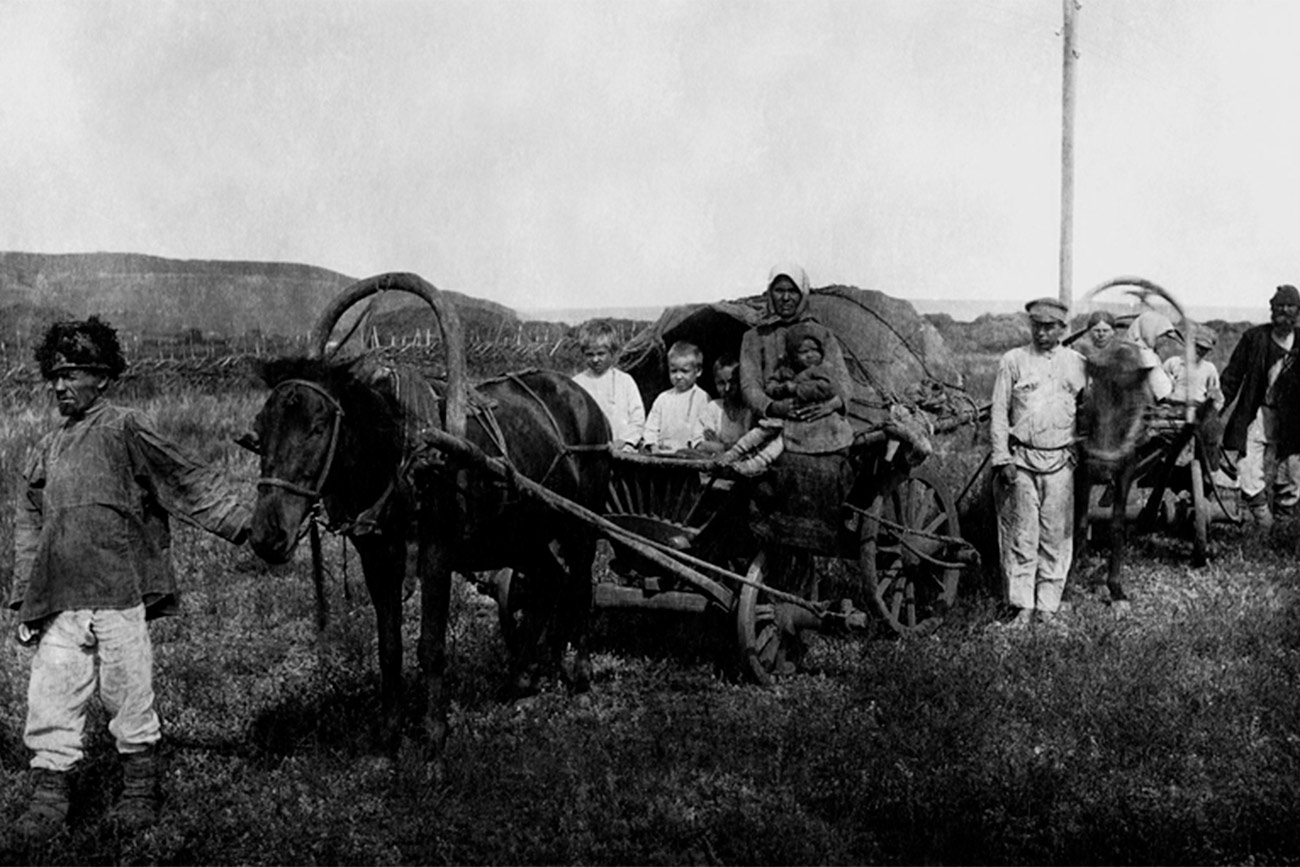 Source: Unknown author/The State Museum Of Political History Of Russia/ russiainphoto.ru
Source: Unknown author/The State Museum Of Political History Of Russia/ russiainphoto.ru
Collectivization entailed major reforms of the agricultural sector in the Soviet Union. Starting in 1927, collectivization was aimed at consolidating individual peasant landholdings and labor into collective farms, so called “kolkhozes.” Workers there got no salaries, rather a share of what the kolkhoz produced—only for the needs of themselves and their families, nothing more.
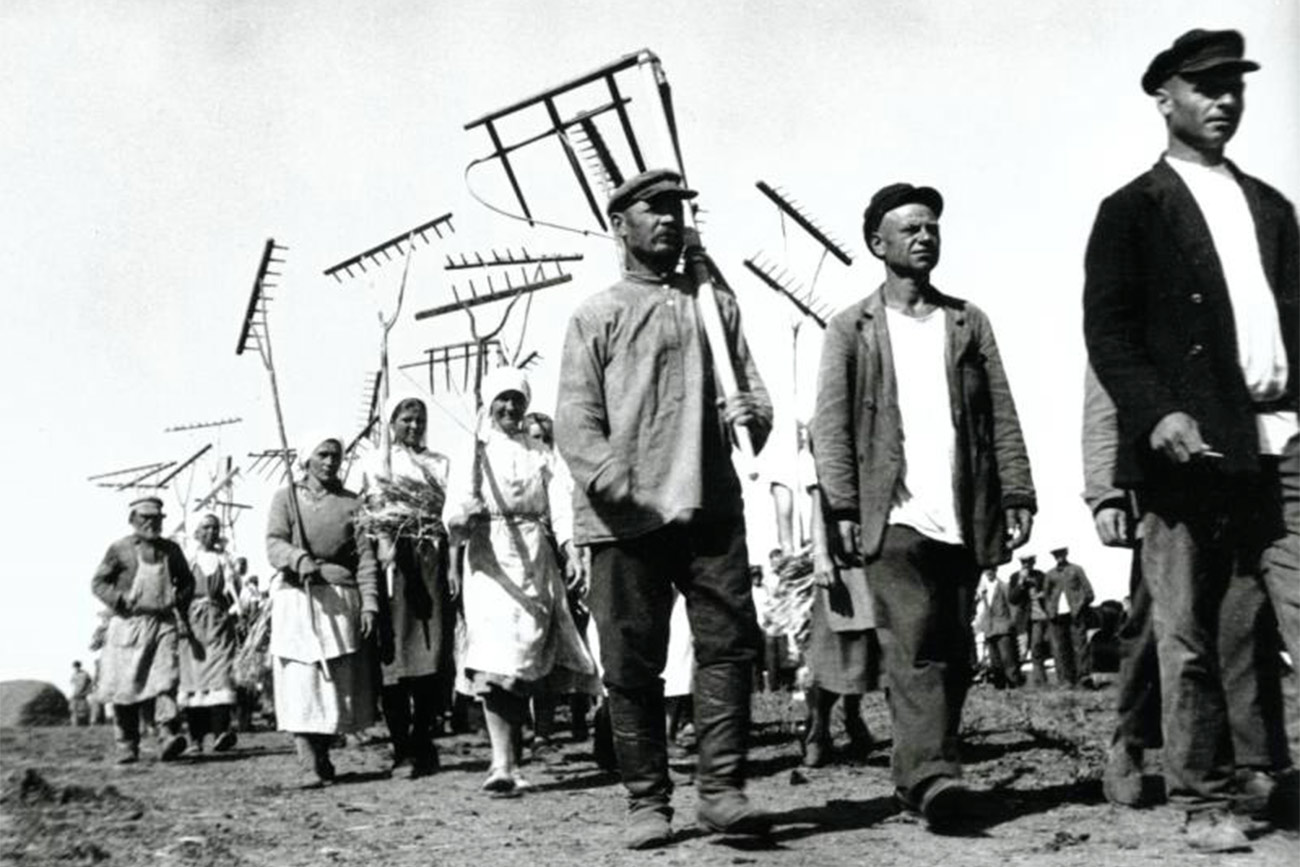 Source: Arkady Shishkin/МАММ/ russiainphoto.ru
Source: Arkady Shishkin/МАММ/ russiainphoto.ru
The Soviet leadership hoped collectivization would significantly increase the food supply of the urban population. That was extremely important since the process of industrialization was initiated at the same time. More workers at plants and factories meant food was more in demand.
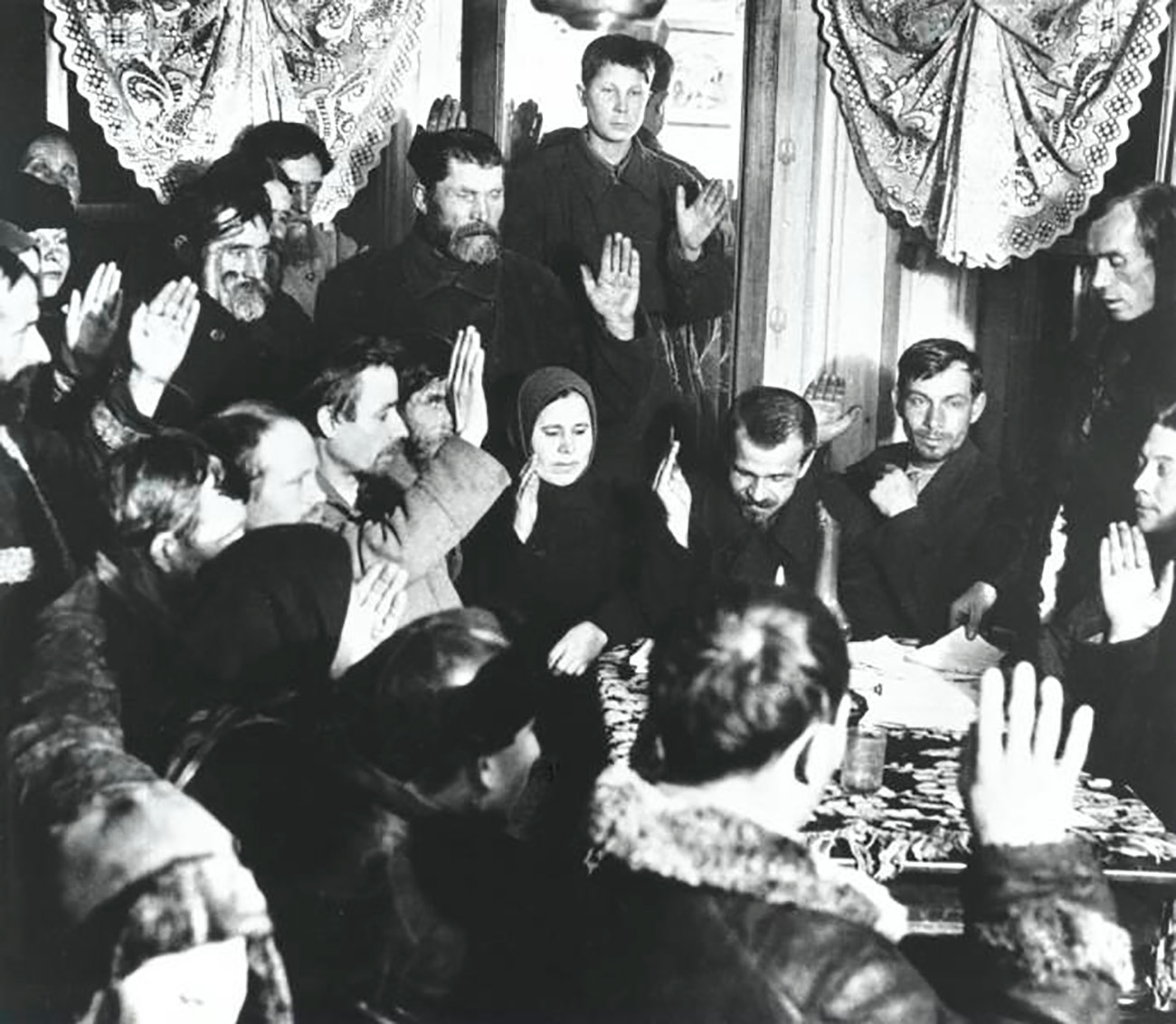 Source: Arkady Shishkin/МАММ/ russiainphoto.ru
Source: Arkady Shishkin/МАММ/ russiainphoto.ru
Collectivization became a large-scaled process in 1929, when Joseph Stalin’s article “The Year of the Great Break” was published. Stalin confirmed the processes of collectivization and industrialization as the main means for modernizing the country. At the same time, he declared need to liquidate the class of affluent peasants known as “kulaks” (“fists” in Russian).
 Source: Arkady Shishkin/МАММ/ russiainphoto.ru
Source: Arkady Shishkin/МАММ/ russiainphoto.ru
Kolkhozes were intended to become a milestone in Soviet socialist ideology: communities of happy labors working together in total bliss and harmony for the benefit of the whole huge state. However, the reality was not so cheerful.
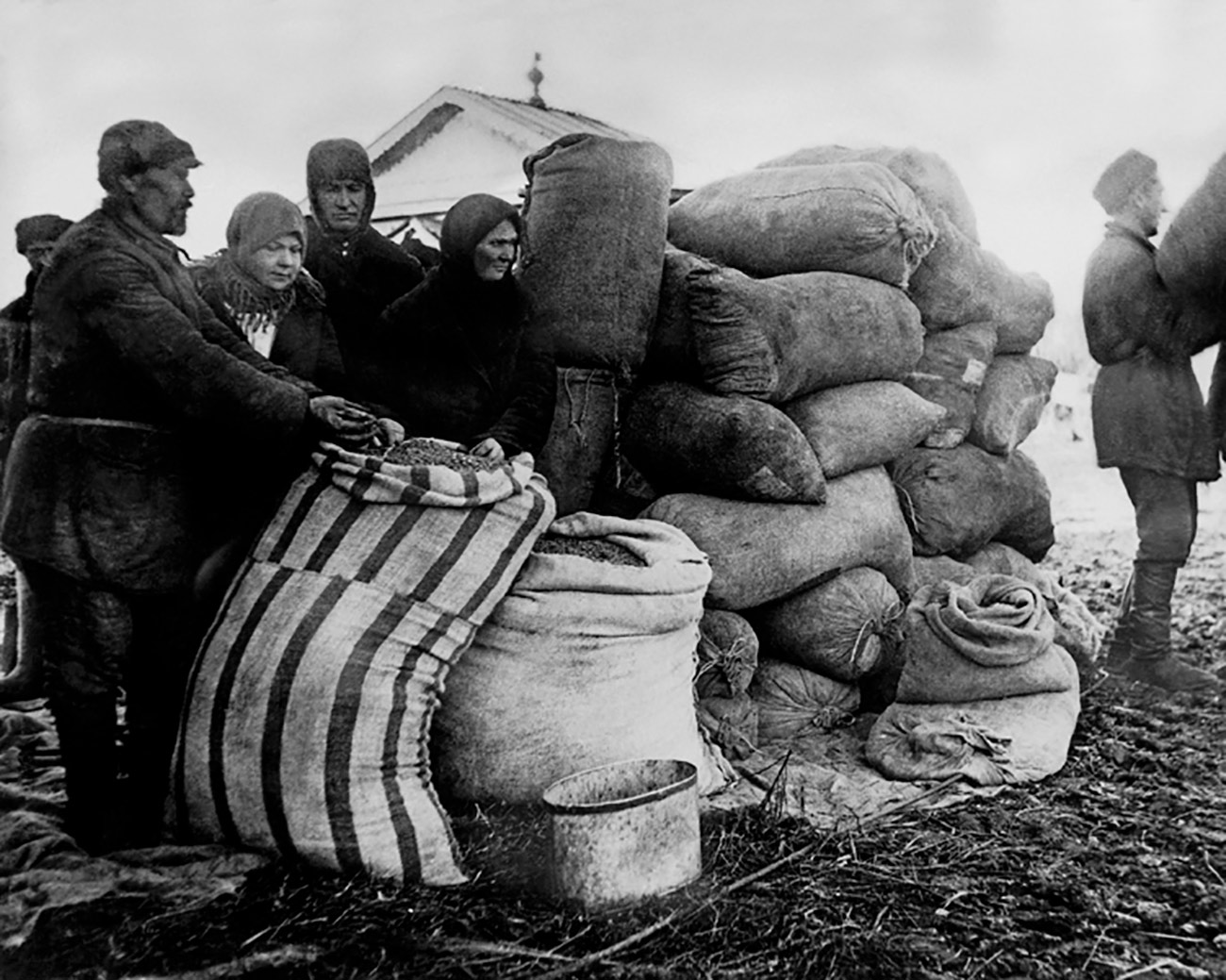 Source: Unknown author/МАММ/ russiainphoto.ru
Source: Unknown author/МАММ/ russiainphoto.ru
Collectivization profoundly traumatized the peasantry. The forcible confiscation of meat and bread led to mutinies among the peasants. They even preferred to slaughter their cattle than hand it over to the collective farms. Sometimes the Soviet government had to bring in the army to suppress uprisings.
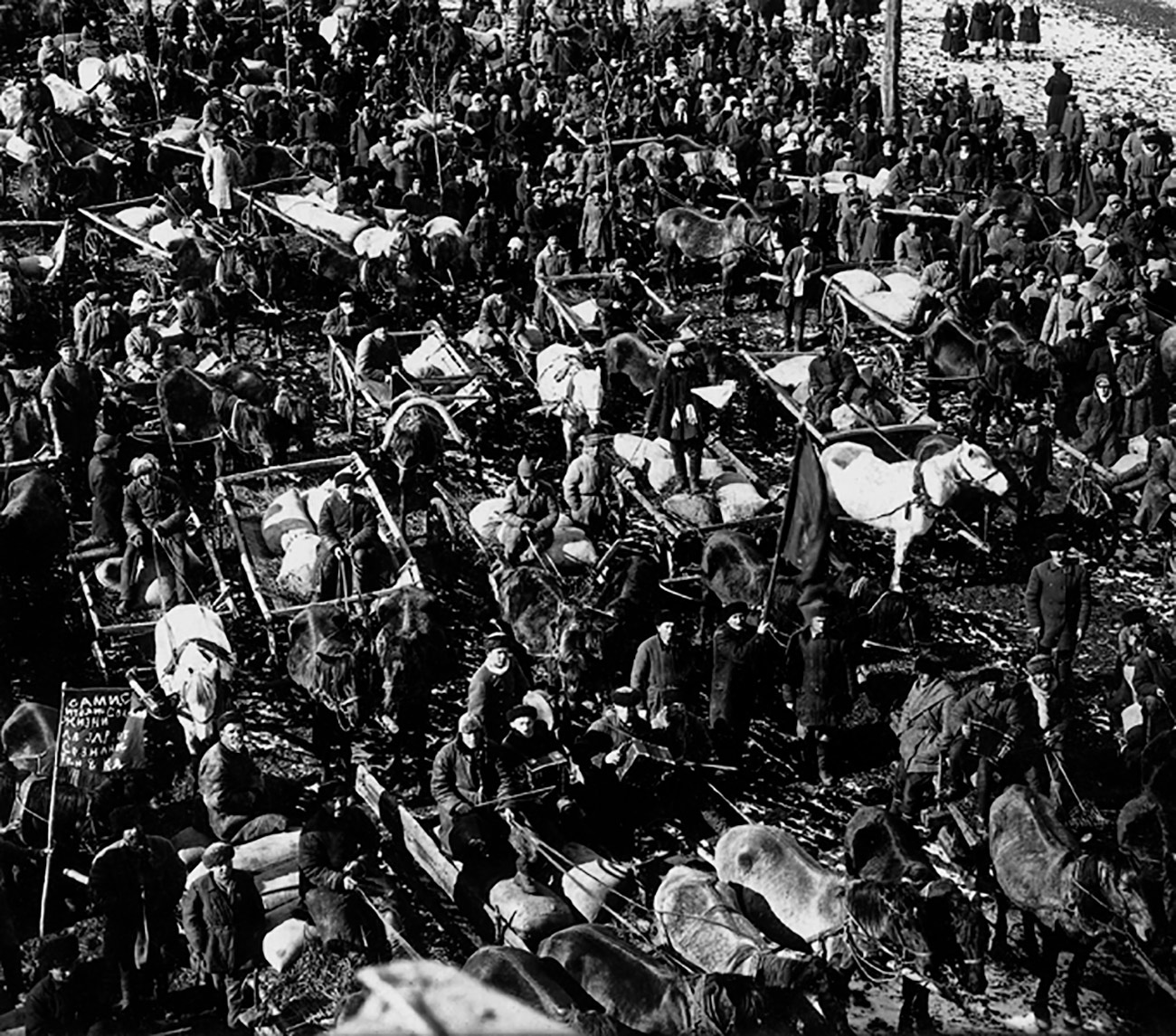 Source: Unknown author/МАММ/ russiainphoto.ru
Source: Unknown author/МАММ/ russiainphoto.ru
The old traditions of the Russian peasantry were smashed. Peasants used to be interested in the fruits of their labor, but at the kolkhozes they lost all sense of initiative. The early years of collectivization were catastrophic. In 1932-1933, the country was struck by a great famine that killed about 8 million people, due in no small part to collectivization.
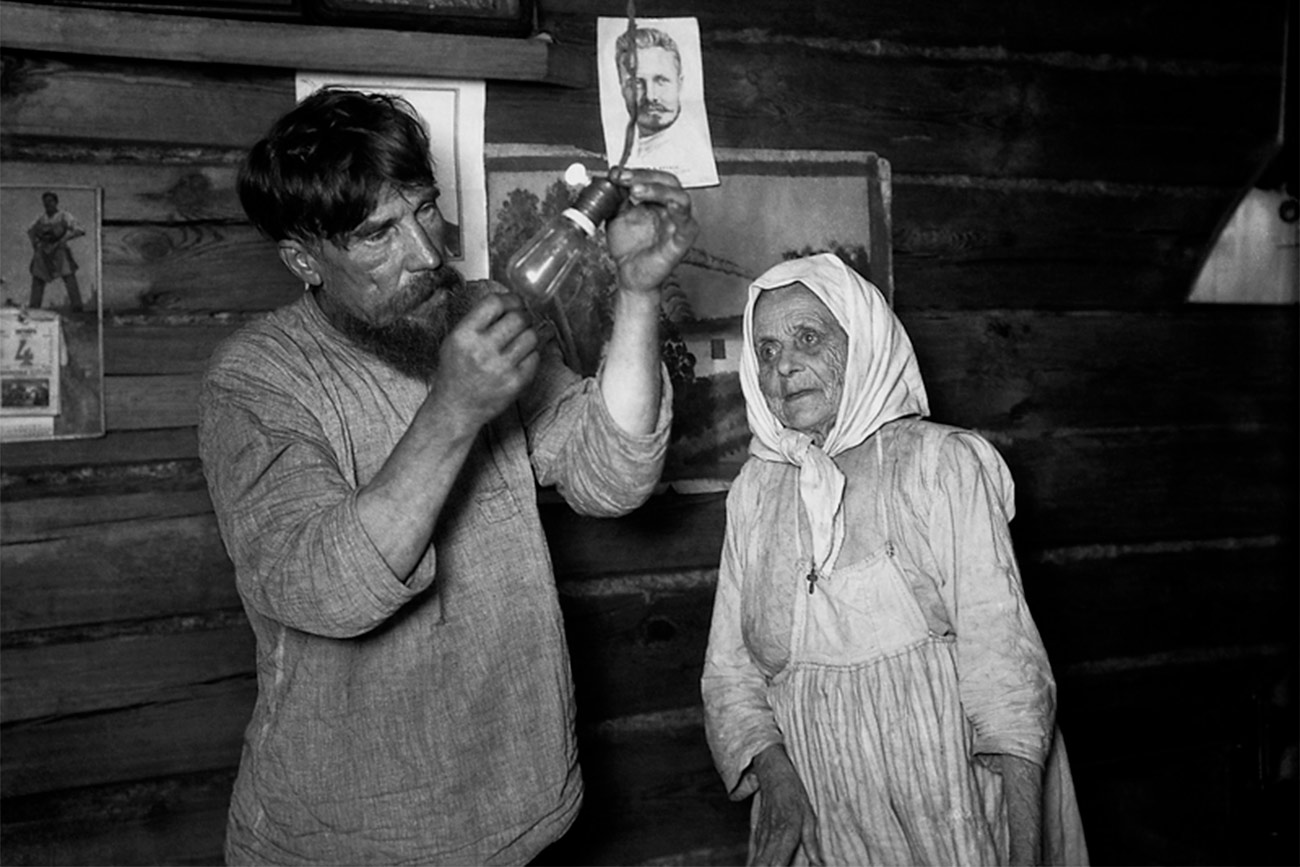 Source: Arkady Shaikhet/МАММ/ russiainphoto.ru
Source: Arkady Shaikhet/МАММ/ russiainphoto.ru
Until the 1970s, a peasant at a kolkhoz – a so-called kolkhoznik – had no right to get a passport. Without it, a peasant couldn’t move to the city and was officially tied to his kolkhoz.
 Source: Unknown author/G.A. Maximova's collection/ russiainphoto.ru
Source: Unknown author/G.A. Maximova's collection/ russiainphoto.ru
Still, collectivization was not all doom and gloom. The bulk of the peasants, who didn’t suffer collectivization, moved to the towns and cities and became the drivers of the industrialization process.
 Source: Unknown author/S. Burasovsky's personal archive/ russiainphoto.ru
Source: Unknown author/S. Burasovsky's personal archive/ russiainphoto.ru
Collectivization allowed the state to take control over the agricultural sector and the distribution of provisions. This helped a lot, especially when the Great Patriotic War broke out in 1941.
If using any of Russia Beyond's content, partly or in full, always provide an active hyperlink to the original material.
Subscribe
to our newsletter!
Get the week's best stories straight to your inbox